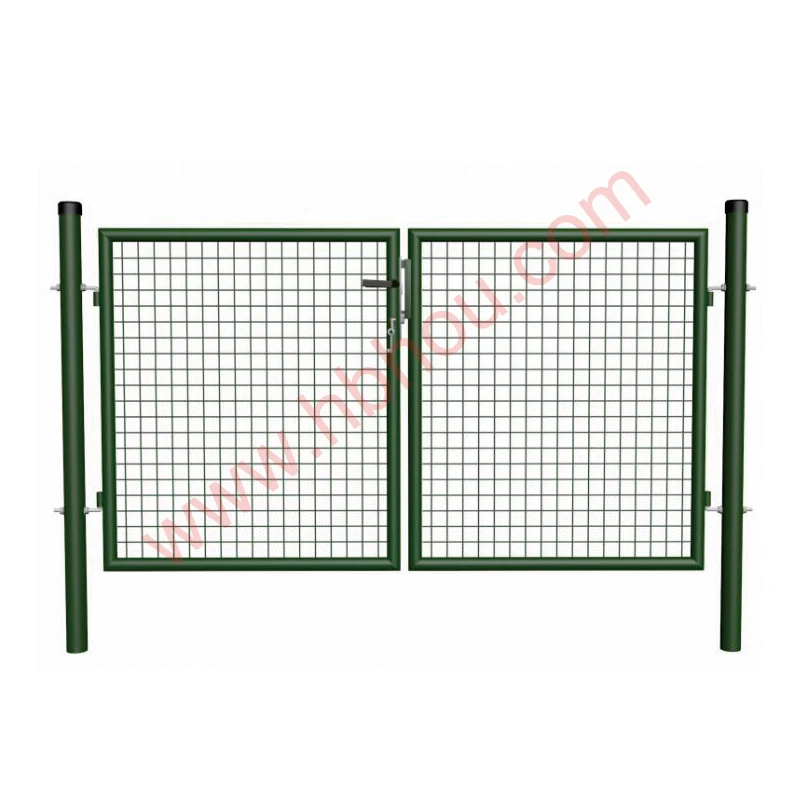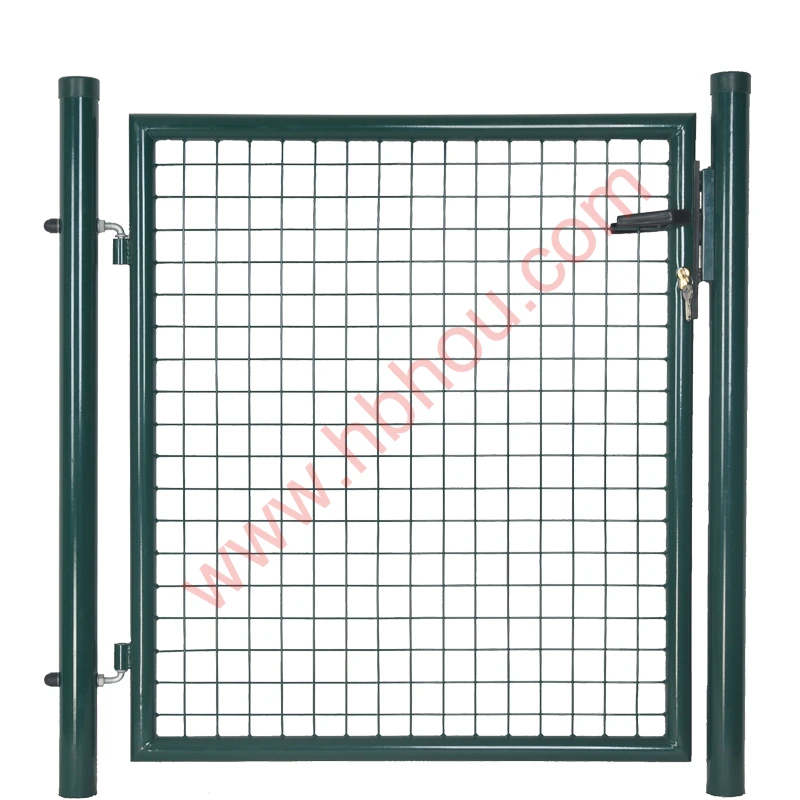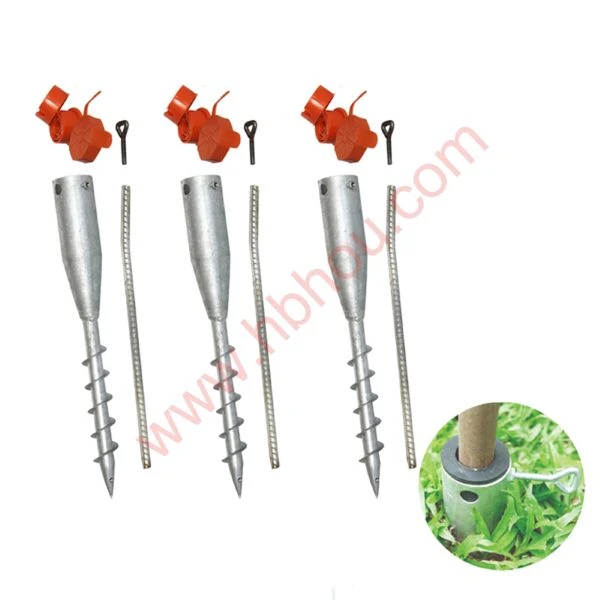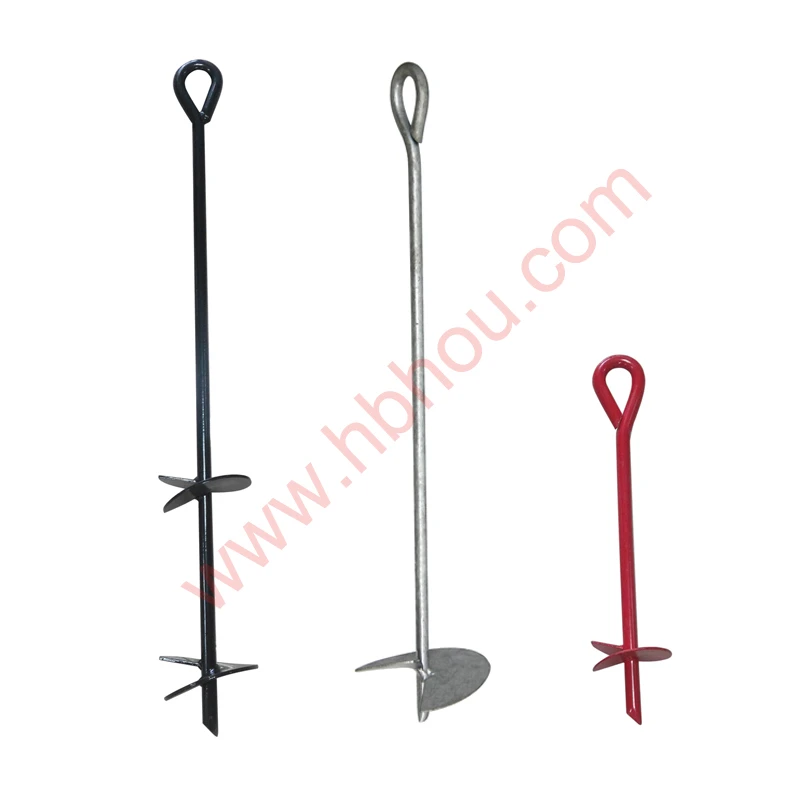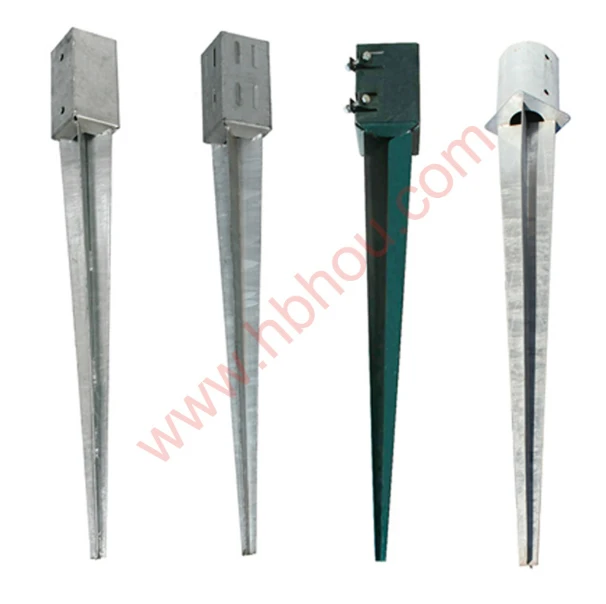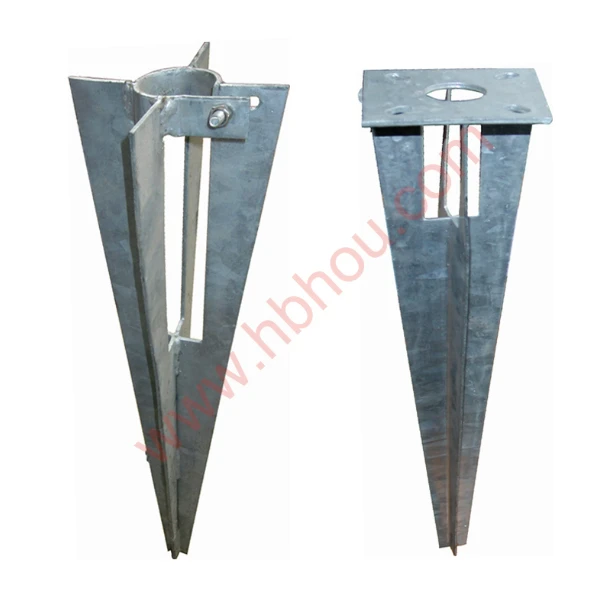The Importance of Plant Stakes in Gardening
When it comes to gardening, every plant has its unique requirements to thrive. One essential yet often overlooked gardening tool is the plant stake. Whether you are an amateur gardener cultivating your first flowers or a seasoned horticulturist managing a vast garden, understanding the significance of plant stakes can enhance your gardening experience and improve plant health.
What Are Plant Stakes?
Plant stakes are vertical supports used to reinforce young or weak plants, helping them grow upright and strong. Typically made of materials such as wood, metal, or plastic, these stakes come in various lengths and thicknesses to accommodate an array of plant sizes and species. From delicate herb seedlings to robust tomato plants, stakes play a crucial role in maintaining the structural integrity of plants, especially in windy conditions or during heavy rainfall.
Benefits of Using Plant Stakes
1. Support for Growth One of the primary purposes of plant stakes is to provide support. Young plants, especially those with heavy fruits or flowers, can benefit significantly from staking. This support helps prevent breakage and encourages healthy growth, allowing the plant to focus its energy on developing roots and foliage instead of struggling to stay upright.
2. Increased Air Circulation Staking plants can enhance air circulation around them. Proper spacing between the plant and surrounding foliage reduces humidity levels on the leaves, thus lowering the risk of fungal infections and disease. Good air circulation is vital for plants' overall health and helps them thrive.
3. Improved Sunlight Exposure Adequate sunlight is essential for photosynthesis, the process by which plants produce food. Staking plants enables them to grow upright and reach for the sun, ensuring that they receive enough light. This is particularly important for climbing plants and vines, which can quickly become unruly without proper support.
plant stakes

4. Aesthetics In addition to their functional benefits, plant stakes can enhance the visual appeal of a garden. They help maintain a tidy and organized appearance, preventing plants from sprawling haphazardly all over the garden bed. Decorative stakes, in particular, can add a charming touch to flower beds and vegetable gardens alike.
5. Facilitating Harvest For gardeners who cultivate produce, particularly fruits and vegetables, plant stakes can make harvesting easier. Staked plants are easier to access, and having them elevated can reduce the risk of pests that dwell in the soil, such as slugs and snails, reaching the fruits.
Choosing the Right Plant Stakes
When selecting plant stakes, consider the type of plants you are growing. For taller plants like tomatoes or sunflowers, choose sturdy stakes that can withstand the weight of the plant and any fruits. Bamboo poles, wooden stakes, or metal rods are great options for robust support.
For delicate plants such as young seedlings or flowers, lightweight options like plastic or thin wooden stakes may suffice. Additionally, consider the height of the stake; it should be tall enough to accommodate the plant as it grows but not so long that it becomes unwieldy.
How to Use Plant Stakes Effectively
To stake a plant effectively, insert the stake into the ground near the base of the plant, being careful not to damage the roots. Secure the plant to the stake using soft ties or plant clips, ensuring there is enough slack for growth without constricting the plant. Regularly check and adjust the ties as the plant grows to prevent injury.
In conclusion, utilizing plant stakes in gardening is a simple yet effective way to promote plant health, improve aesthetics, and facilitate harvesting. By investing a bit of time and effort in staking your plants, you can create a more organized, productive, and thriving garden. So the next time you sow your seeds or transplant your flowers, don’t forget to give some thought to the invaluable support that plant stakes can provide. Happy gardening!









